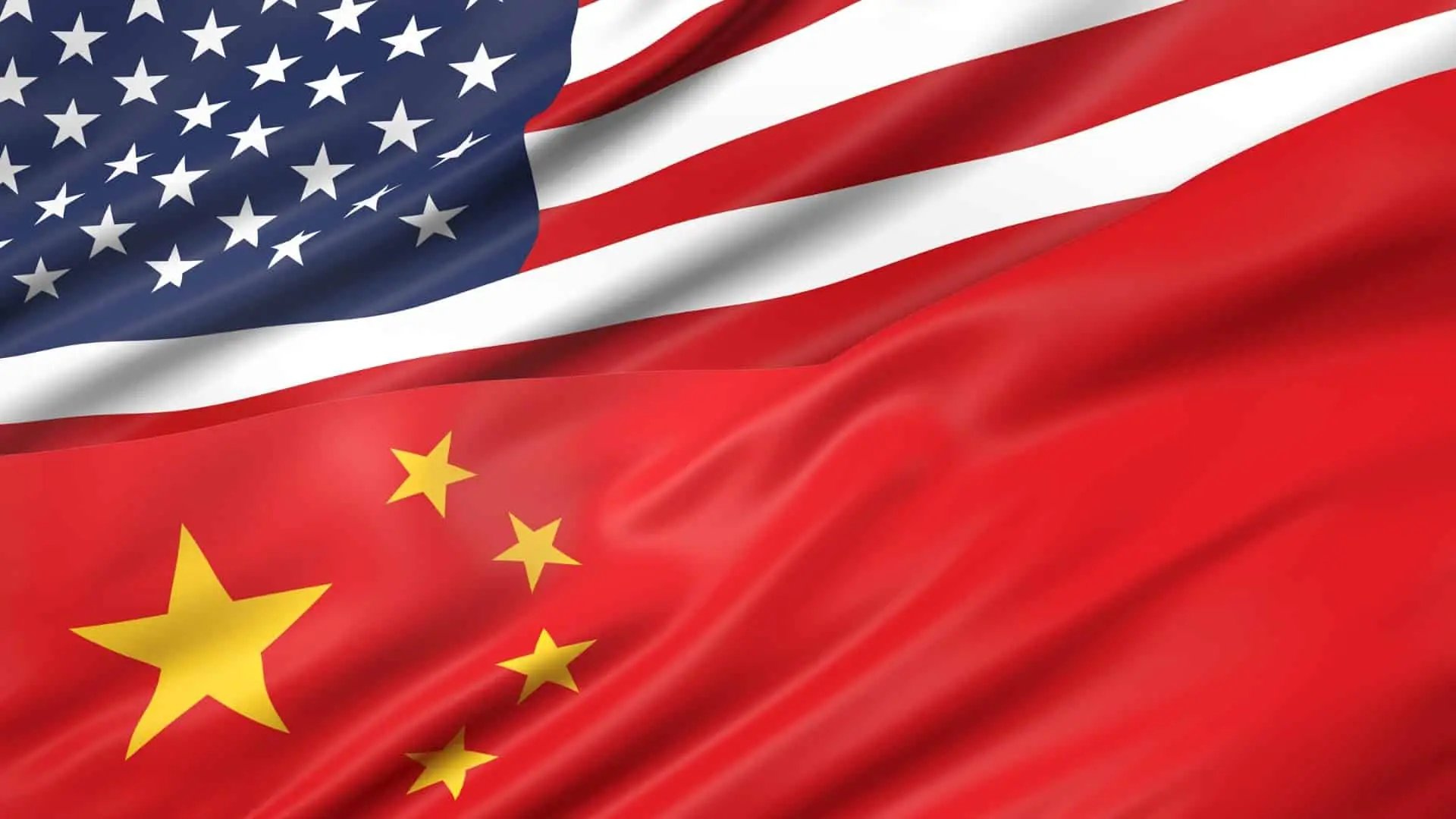US President Donald Trump has approved the terms of phase 1 of a trade agreement with China. This saves China from a new round of tariffs that were to be imposed on Chinese-made electronic goods and toys worth $160B from December 15. Existing tariffs on $360B Chinese-made goods will also be cut by half. In return, China has promised to buy US agricultural goods to the tune of $60B. The deal has provisions for imposing costs on the Chinese government if it fails to place the orders.
This agreement will give a breather to world markets from the 17-month long US-China trade war that has caused widespread uncertainty as both the superpowers imposed tit-for-tat tariffs on goods from each other.
It should be remembered that in April, Trump had suggested that both sides were close to a deal. The talks collapsed a month after this announcement was made.
US chief trade negotiator Robert E. Lighthizer and Chinese Ambassador Cui Tiankai are expected to sign the agreement on Friday or Lighthizer and Treasury Secretary Steven Mnuchin may go to China for signing the deal.
The Trump administration began imposing tariffs on China in March 2018 to force China to make structural changes in its economy like cutting down subsidies to its state-owned enterprises, which did not give a level playing field for foreign corporations. The US also wanted China to stop coercing foreign companies to reveal their technology to gain access to the Chinese market, as these resulted in domestic copycat versions of these companies patented technologies that were developed after years of R&D. China retaliated with banning imports of US farm products. These continued and resulted in the loss of 10,000 jobs in August alone in the US. To soften the effect of Chinese tariffs, Trump announced a package of $28B for industries affected by the trade war but did not back down, signaling to the Chinese that he was determined to fight the long war.
Issues pertaining to China’s state subsidies and coercive trade practices have not been addressed by this deal. In a way, this has just kicked the road further down and it will not be surprising if the two countries face-off again.
US President Trump, till the last week, had not committed to any deadline for reaching an agreement and had made public comments about waiting for the 2020 Presidential election to end before reaching any deal with China. It may have been a negotiating tactic to pressurize China as the date for imposing new US tariffs was approaching.
This marks the latest foreign policy triumph for Trump after reaching a deal for renegotiated NAFTA with Mexico and Canada. This will also help bring the US economy back on track, which was one of the promises on which he became President.
Business leaders have welcomed the agreement. Craig Allen, president of the US-China Business Council, said, “That is excellent news. It puts a floor under the deterioration in the relationship.”
In a tweet, the Republican leader and former Presidential candidate, Marco Rubio, asked Trump to weigh carefully whether the cut in tariffs will enable China to continue its policy of massive domestic subsidies, coercive tech transfers, and blocking US companies from several sectors of the Chinese economy.
